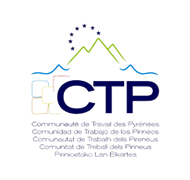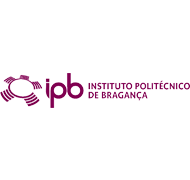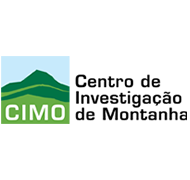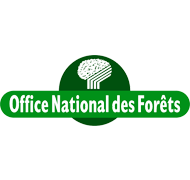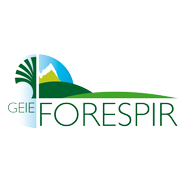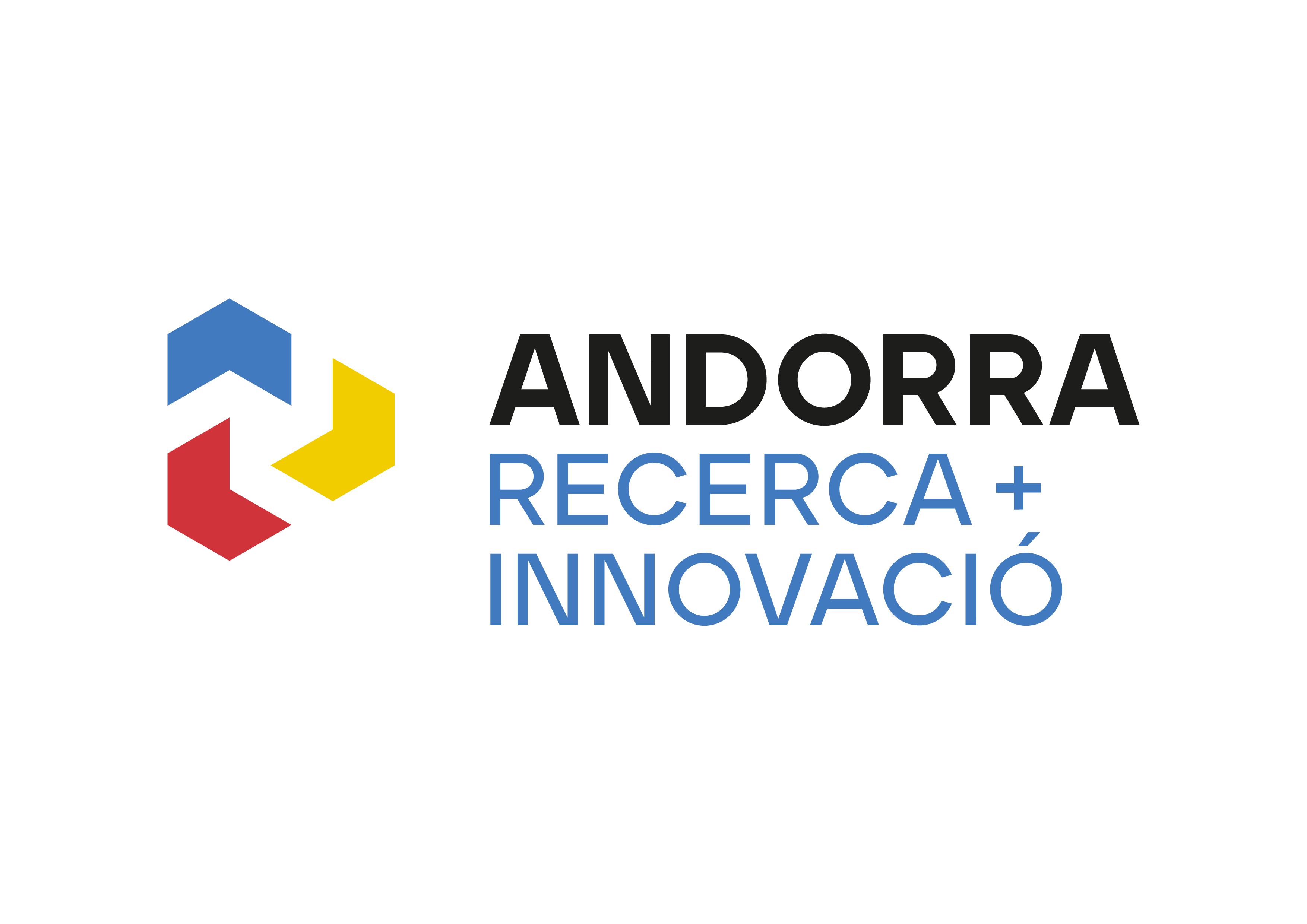Mié, 03/08/2022 - 10:48

The fourth MONTCLIMA transnational transfer seminar took place at the Bilbao conference centre.
During a little more than 4 hours, the 12 speakers of the day discussed some key aspects of soil protection strategies at European and regional level, two pilot tests on the subject that are being developed within the scope of MONTCLIMA and inspiring presentations on the potential of soils as carbon sinks and their role in mitigating climate change.
Block 1, on MONTCLIMA case studies for soil protection, featured a very inspiring introduction by Carlos Garbisu, scientific director of NEIKER. Carlos spoke about the inescapable link between the good state of soils and the health of the planet. The scientist argued that when we talk about soil health, we are referring to its functions and specifically to the ecosystem services it provides to humans. However, this concept has its limitations and there is also a lot of confusion between terms (functions, processes and services). "Vigour, organisation and resilience are more appropriate concepts to measure the health of any ecosystem," Carlos concluded.
The concept of rewilding emerges as a key alternative to mitigate the impacts of climate change and generally offset the effects of global change. It can be a viable strategy to ensure the functional integrity of ecosystems, so that they can develop their ecological processes and functions, on which the health of the planet depends.
Olatz Unamunzaga, NEIKER technician and head of the MONTCLIMA pilot case on erosion in vineyards, stated that in Europe, 60% of soils suffer some kind of degradation process. Some agronomic practices exacerbate water erosion problems, as is the case in the Rioja Alavesa, the geographical area where this MONTCLIMA pilot case is located. The aim of the trial presented by Olatz is to demonstrate the importance of plant cover to limit soil erosion, and its positive effects on the properties and production of vineyards. The scientist concluded, thanks to preliminary results from 2 seasons, that the use of spontaneous plant cover significantly reduces erosion compared to conventional tillage (8 times less soil loss). In conclusion, she insisted on the importance of field measurements to contrast and validate the results of the models.
Etienne Ebrard, from the ONF, presented the functioning of the experimental device deployed thanks to the MONTCLIMA project, aimed at estimating the behaviour of erosion risk and sediment dynamics after a major forest fire.
In this pilot case located in an eastern valley of the French Pyrenees, several 100m2 plots were selected to measure the erosion rate at different selected sites in an area affected by a major fire (municipality of Cerbère). After the first tests, preliminary results show that the plots affected by the fire show a more intense hydrological response. Erosion rates in the fire-affected areas are also generally 10 times higher than in the other areas.
Jordi Deu, from Andorra, presented the MONTCLIMA pilot case aimed at mitigating the effects of torrential lava flows upstream of a drinking water plant (Torrente de Claror). In this innovative case study, nature-based measures have been deployed by means of degradable dykes in the main gullies generated by water erosion. In addition, revegetation has also been carried out by sowing Festuca eskiaa species through natural fertilisation of the affected area previously prepared with the passage of livestock (a process called "ovinoremediation", according to the engineer). This combination of nature- based measures has proved effective in reducing the risk of erosion in this protected mountain area.
"Soil occupies less than 0.000002%, yet all of humanity depends on it".
Block 2, which focused on the presentation of key strategies for soil protection in the Southwest European area, demonstrated the growing importance of soil as a key issue within the European Commission.
Mirco Barbero, Coordinator of the Soil Protection and Sustainable Land Use Team, pointed out that around 60% of European soils are not healthy. He also reminded the audience of the latest developments on soil policy in Europe. In November 2022 the Commission adopted a new Soil Strategy. Furthermore, soil appears as a key and cross-cutting element in the European Green Deal. In this context, the European Soil Observatory is emerging as a key tool in the defence of soil health at European level. “The main objective of this strategy is to ensure that soil ecosystems are in good health by 2050, and to achieve this we must implement concrete actions that respond to the strategic objectives," said the European officer. This refers to cross- cutting actions on soils that address the issue of improving resilience, enhancing carbon neutrality and safeguarding biodiversity. He also confirmed to those present that the Commission is preparing the new soil law, but the lack of concrete definitions, indicators and threshold values is posing a challenge for this.
Loli Lorenzo, head of the soil area of Ihobe, explained the contents of the soil protection strategy of the Basque Country. Recently approved, this law bases its philosophy on the concept of soil health. "Soil preservation is a complex subject, very interdisciplinary and cross-cutting in terms of regulations and management strategies," confirmed the representative. Moreover, there is a confluence of overlapping interests, implying the need for a high degree of consensus, coordination and teamwork", the technician affirmed. On the other hand, it is undeniable that there is a certain complexity in transposing the general principles of the European commission's Soil Strategy into measurable and objective actions. Law 5/2015 of the Basque Country focuses on the correction of soil pollution, although the need to develop a comprehensive soil protection strategy has already been mentioned. The Basque Country strategy has 7 areas of action and 69 specific actions.
To conclude this second block, Thomas Jacques, President of the French Association for Soil Research, presented the Pyrenean Soil Alliance (ASPir). ASPir was born from the decline of the FAO World Soil Alliance to the Pyrenean bioregion. This Alliance, which was established in May 2021, has as its main objective to improve governance and promote sustainable management of Pyrenean soils with initiatives based on 5 pillars: management, research, awareness, conservation and information. ASPir currently has 36 members from the 7 territories of the Pyrenean bioregion.
"The European Soil Strategy is really a strategy for everyone: for citizens, for industry, for the health of terrestrial ecosystems and ultimately for the well-being of society".
Block 3 was dedicated to explore the role of soil in the carbon offset, considering both the opportunities and threats. To open this new section, we had the intervention of PhD María José Sanz. In her presentation, the scientist argued that the accumulation of organic C in soil is actually a very complex process and its potential as a carbon sink to reach carbon neutrality by 2050 is subject to many uncertainties. In particular, there is a very high inter-annual variability in net C fixation, which also varies with climate change and extreme events, in addition to the variability inherent in the reference models themselves. The sector with the greatest potential is undoubtedly agroforestry and grasslands. María José concluded that the key to adopting one strategy or another lies in assessing the co-benefits of each option, which are different depending on the region.
In this sense, the scientist summarized that there are basically two strategies: reducing emissions from soils or enhancing carbon sequestration. Regardless of the strategy adopted, there are still information gaps and uncertainties in quantification. In any case, it will be necessary to investigate accounting and compensation systems (carbon payments) in order to make the system "sustainable" and sensible. In particular, it would be necessary to reach a scientific consensus on how C stocks are defined, how changes are verified and all aligned with C inventories.
Secondly, researcher David Robinson presented the soil monitoring and C sequestration system used in Wales. A soil monitoring programme has been in place since 1978 and was reinforced in Wales in 2013. The system covers a wide range of soil ecosystems and variables, allowing for the generation of highly relevant indicators (SQ). Thanks to this programme, it has been possible to construct detailed maps of carbon content in UK soils. However, all models used seem to underestimate areas with high C concentrations. These models and monitoring systems provide key information on agroecosystems and should therefore be key decision support tools. According to the scientist, in general the C content of improved grasslands appears to be stable, in contrast to the global average of UK terrestrial ecosystems. Future prospects focus on building complex global models that include landscape issues and a wide range of complex variables, including erosion and water management. David concluded, like Olatz, that field studies are key to test and validate model results.
In the specific case of the UK, the most vulnerable soils seem to be clay loam soils and soils used for agriculture and livestock farming.
Afterwards, we had the interesting intervention of Panu Torniainen, who spoke on behalf of the private company Zerti Carbon from Finland. This company aims to implement improvements in the current models of forest management (thinning model, fertilisation, species mix and sustainability criteria for soil conservation and biodiversity). To this end, they have developed a programme consisting of several consecutive steps. The first step of the forest management programme is the digitalisation of the study areas with drones, 3D models of the terrain, estimation of the diameter and height of each tree, to finally establish forest areas of action according to forest types.
This is the basis for building a monetisation model for carbon sequestration, using a transparent and traceable Block Chain data management system. Each tonne of CO2 fixed is equivalent to one token, which can be purchased by both CO2 emitting companies and any company that wants to offset its carbon footprint. It also offers an efficient forestry model that economically supports forest owners.
Finally, Inazio Martínez de Arano presented the Bioregions initiative. This is a bioeconomy space or ecosystem whose aim is to promote exchange and synergies in the field of innovation, bioeconomy and forest management. The initiative aims to generate an ecosystem of exchange with interconnected work axes to promote more innovative capacities and solutions. According to Inazio, the Bioregions initiative uses Open Innovation as the main tool for innovation in the cycle economy linked to the forestry sector.
"The key to adopting one strategy or another lies in assessing the co- benefits of each option, which differ from region to region".




